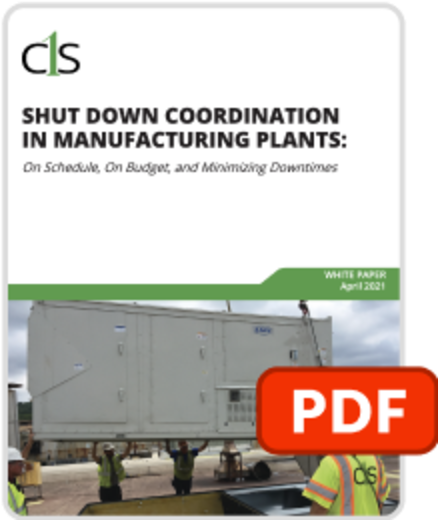Drones Are Lifting Off for the Construction Industry


When we hear about drones, most of us think of unmanned military aircraft. Or, we imagine the potential of an unmanned aircraft hovering outside our home delivering our latest online purchase. These may be accurate or possible applications of drone technology, but they aren’t the only ways drones can be used. Today, the construction industry is implementing this technology in a variety of applications.
The Federal Aviation Administration (FAA) issued comprehensive regulations for the commercial use of small unmanned aircraft systems (UAS), popularly known as drones, in August 2016. The rules were designed to minimize potential risks of UAS to other aircraft and to people and property on the ground. With these rules in place, a variety of industries, including construction, are now exploring the unique benefits and advantages of utilizing UAS technology. According to a report in Fortune Magazine, consulting firm PwC estimates drones may replace as much as $127.3 billion worth of labor and services, and more than one-third of that will be from the infrastructure and construction industries.
Here is a closer look at the intelligence UASs can provide for the construction industry:
3D Modeling: Data collected from drones can be merged with data in existing BIM software to create more accurate depictions of the site, an existing facility or the new building as it goes up.
Surveying: Drones can quickly survey a job site to create maps with greater accuracy and in less time than relying on human resources, heavy machinery and expensive surveying tools.
Progress Reports: When clients are unable to make regular visits to the job site, drones can provide engaging views of the progress on a project, including perspectives unavailable from the ground.
Monitoring: For construction managers who are supervising multiple jobsites, a drone can be their eyes while they are away from a project. The drone can monitor progress, reveal that safety standards are being met, and more, to keep managers on top of the project wherever they are.
Inspections: Drones can provide up-close examinations of existing buildings to reveal the conditions before beginning a renovation project. They also allow the team to view progress on a new building in real time to be sure everything is going according to plan—all without climbing onto the roof or scaling the structure with scaffolding or a harness.
Safety: Drones can contribute to worker safety by observing workers to be sure they are following safety protocols and monitoring the site for unsafe conditions. For example, the UAS can ensure fall protection is used on a rooftop and that the safety flags indicating how far back to stay from the roof edges are properly located. The drone can even view areas that may be too dangerous for a person to examine up close.
Thermal Imaging: Drones play a big role in construction in a wide variety of industries due to their thermal imaging capabilities. Using a drone, engineers can inspect roofs for moisture penetration and perform inspections to evaluate energy efficiency. In commercial properties, a drone can be used to identify defects in concrete structures and leaks in HVAC or refrigeration equipment. When it comes to utilities, a drone can identify hot spots within power transmission lines before failures occur.
Control: Drones enable construction managers to have more detailed control over the project in real-time by providing visual documentation of the project. The drone can identify if parts of a project are going off-track, provide more rigorous monitoring of the job site, and may even prevent accidents. All of this allows managers tighter control to keep the project on time and on budget.
Marketing: Drones can capture compelling video a construction firm can use to highlight its expertise and capabilities to prospective clients, without taking them to a construction site.
As construction companies consider acquiring their own drones or hiring a third party operator, it’s important to understand the regulatory requirements governing UAS use:
The UAS must be registered with the FAA and the operator must be a certified “pilot in command,” or PIC, who meets specific FAA requirements. In addition, no one is allowed to operate (or assist with) more than one drone at a time.
Because drones are restricted from flying around people who are not involved in the project, flights must be scheduled during times when the least number of nonessential personnel are present.
Drones are not allowed in restricted airspace, which is typically near an active air or Heliport, or in a heavily populated area. In some cases, special permission can be obtained from the FAA to operate in restricted areas.
Drones are only allowed to fly during daylight hours or at twilight, with the proper lighting, visibility, and clearance, and in good weather conditions, such as clear skies and winds below 10 miles per hour.
PICs must be careful operating drones near structures. While drones are not allowed to fly more than 400 feet above ground level, an exception can be made when surveying a building. But the drone must be within 400 feet of the structure and it cannot fly more than 400 feet above the building’s highest point.
Drone technology is evolving and the all the possible uses for this technology for construction companies are only just now being explored. But the potential for UASs to offer numerous benefits for the industry in the near future is clear. Collectively, the information drones provide will allow construction companies to be more efficient deploying resources around a job site, minimize potential problems, trim costs, improve safety and limit delays.

Get the scoop on shut down coordination in manufacturing plants.

